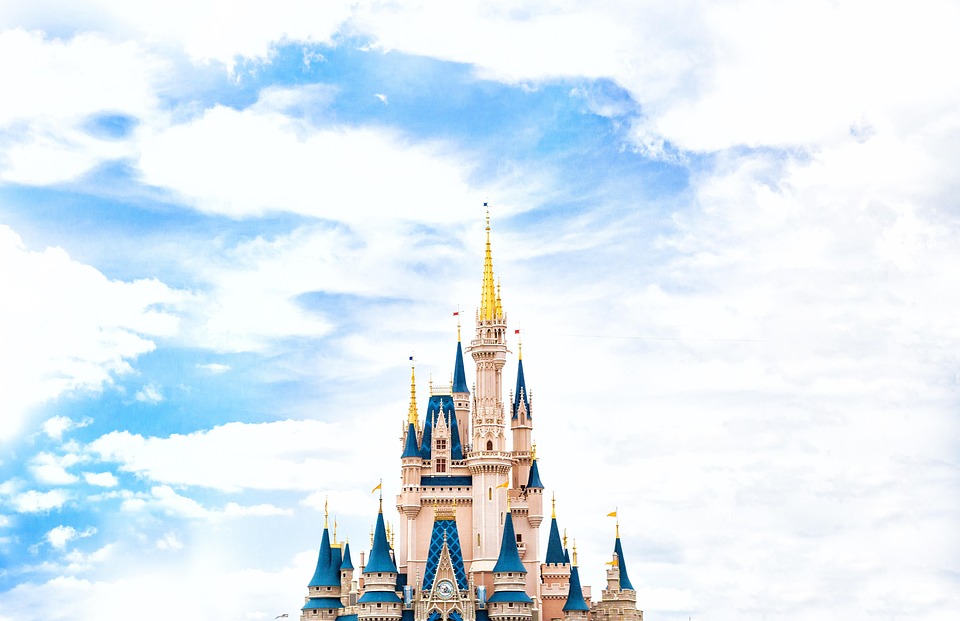Title: Breath by Breath: Exploring the Wonders of the Human Respiratory System
Image: A cross-sectional diagram of the human respiratory system, highlighting the nose, mouth, trachea, lungs, and diaphragm.
Intro:
Breathing. A simple act that we do thousands of times every day, barely giving it a second thought. But what really goes on in our bodies every time we inhale and exhale? Let’s take a closer look at the wonders of the human respiratory system and understand the incredible mechanisms that keep us alive and well.
The Respiratory System: An Overview
The respiratory system is responsible for ensuring the body receives the oxygen it needs to thrive and expels carbon dioxide, a waste product generated by cellular processes. Main components of this system include:
1. Air entry: Air enters the body through the nose or mouth and travels through the pharynx, reaching the larynx (voice box).
2. Trachea: Air then continues through the trachea (windpipe), a tube made of cartilaginous rings that prevent collapse.
3. Bronchi: The trachea divides into two main bronchi, each leading to a lung, where they branch off into smaller bronchioles.
4. Alveoli: The bronchioles end in tiny air sacs called alveoli, where gas exchange occurs. These delicate structures, surrounded by capillary networks, allow oxygen to enter the bloodstream while removing carbon dioxide.
5. Diaphragm: The diaphragm, a dome-shaped muscle located beneath the lungs, facilitates the process of ventilation by contracting and relaxing.
The Breathing Process: A Closer Look
As you take a deep breath, several events occur within your body:
1. Inhalation: The diaphragm contracts and pulls down, while the external intercostal muscles tighten, expanding the ribcage. This expansion creates a vacuum effect that draws air into the lungs.
2. Gas Exchange: Oxygen-rich air reaches the alveoli, where oxygen molecules pass through thin capillary walls into red blood cells, binding to hemoglobin molecules. Conversely, carbon dioxide molecules – a metabolic waste product – detach from their respective hemoglobin molecules and diffuse out into the alveoli.
3. Exhalation: During relaxation of the diaphragm and internal intercostal muscles contraction, the lung volume decreases, displacing carbon dioxide-infused air back up the bronchi and out of the body.
The Miracle of Respiration: How Oxygen Sustains Life
Have you ever stopped to consider the extraordinary role of oxygen in keeping our cells alive and functioning? In simple terms, every breath draws crucial nourishment to our body’s internal power stations – our cells. Oxygen charges into the bloodstream and is transported via our veins and arteries to every corner of the body, empowering cells to perform their vital tasks. Without adequate oxygen, cells gradually succumb to fatigue and metabolic failure – which is why the respiratory system is absolutely vital to our wellbeing.
Pneumonia: A Case of Respiratory Distress
Smothering of these delicate gas exchangers causes respiratory distress and systemic effects, as seen in pneumonia. Caused by viruses, bacteria or fungi, this infection inflames the alveoli, hindering their essential function. Older adults, smokers, the very young, and people with heart or lung disease are particularly susceptible. Symptoms include difficulty breathing, coughing, fever, and chills. Thankfully, with awareness, proper care, and timely intervention, many lives have been saved from severe infections like pneumonia.
FAQs About the Human Respiratory System
Q: Why can’t humans breathe underwater?
A: Humans are unable to extract oxygen from water as fish and other aquatic creatures do. Unlike their gill-equipped counterparts, there is no mechanism for humans to convert dissolved oxygen in water into a usable gas for breathing.
Q: Are our lungs sterile?
A: While bacteria are present in the upper airways, the alveoli and lower respiratory tract maintain a sterile environment due to constant circulation of antimicrobial proteins, bicarbonate, and other immune cells that help prevent infections.
Q: How much air does a human lung contain?
A: A human lung contains approximately 4-6 liters of air, but the volume can vary greatly depending on the person’s size, age, health, and other factors.
Q: Why do birds have a more efficient respiratory system than humans?
A: Birds possess a unique system that allows a continuous stream of oxygen to flow through, even during exhalation. Unlike humans, who have a tidal breathing pattern, birds have air sac-based respiration allowing for a significantly more efficient gas exchange.
Q: How does smoking affect the respiratory system?
A: Smoking directly harms the respiratory system. Tobacco smoke damages the cilia, filters in the lungs. The body is less capable of clearing harmful particles and stubborn infections—leading to chronic bronchitis or lung cancer in worst-case scenarios. Smoking increases lung disease risk by more than three times in individuals who smoke regularly.
In conclusion, our respiratory system, a truly awe-inspiring and delicate framework, ensures that our bodies receive the oxygen they require to thrive. Each breath we take plays a fundamental role in maintaining our health, driving us to appreciate the wonders of this remarkable biological system.
Image: The image accompanying this article was created by a text-to-image AI model and visualizes the essential parts of the human respiratory system.



